- The project marks that China's hydrogen energy industry has officially entered a new stage of large-scale and commercial development

China's energy transformation ushers in a milestone. With the official approval of the Inner Mongolia Autonomous Region Energy Bureau, my country's first cross-provincial green hydrogen transportation pipeline is about to start construction. This energy "main artery" with a total length of 400 kilometers will directly transport the green hydrogen produced in Ulanqab, Inner Mongolia to Beijing Yanshan Petrochemical, with an annual transportation volume of 100,000 tons, marking that my country's hydrogen energy industry has officially entered a new stage of large-scale and commercial development.
Perfect connection between resources and needs
With its abundant wind and solar energy resources, Inner Mongolia has become a strategic location for the development of renewable energy in my country. Sinopec has invested 20 billion yuan to build a wind and solar hydrogen integration project, integrating 1GW of wind power and photovoltaic power generation capacity, and achieving large-scale green hydrogen production through electrolytic water technology. Yanshan Petrochemical, as the end point, has an extremely urgent need for clean hydrogen energy as a super factory with an annual output of nearly 100 petrochemical products. After this pipeline is completed, it can not only provide green raw materials for chemical production, but also provide zero-carbon energy solutions for transportation, electricity and other fields by synthesizing derivatives such as ingredient and green methanol.
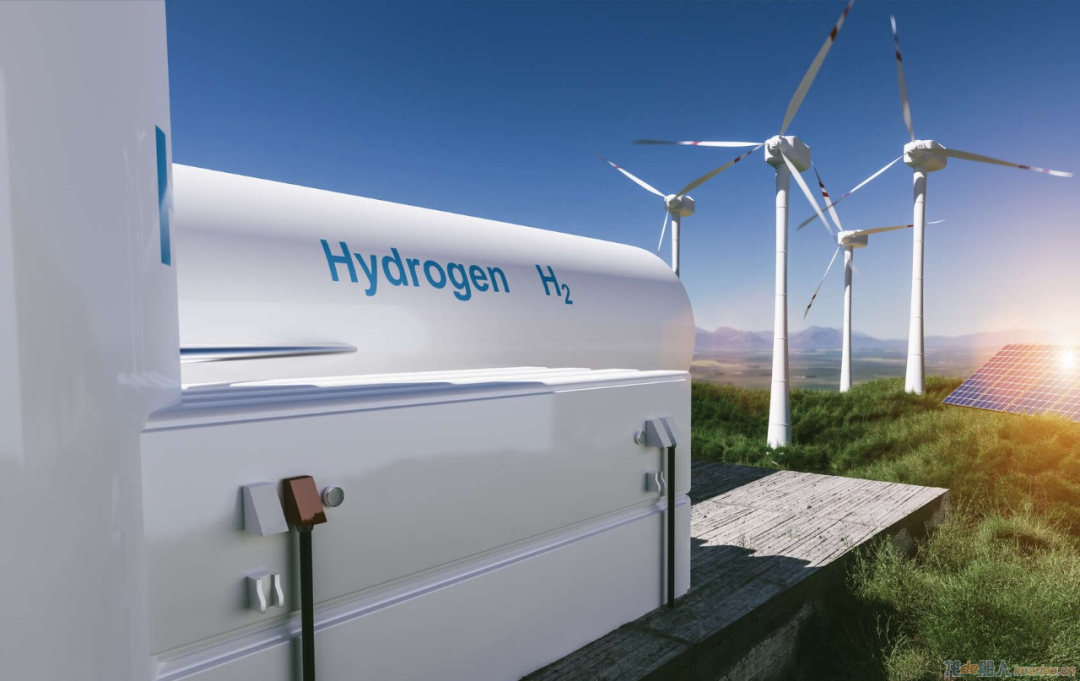
Technological innovation breaks through industry bottlenecks
The project adopts a number of innovative technologies to ensure safe and efficient operation: the new composite pipeline solves the hydrogen embrittlement problem of traditional steel; the intelligent monitoring system achieves real-time leakage warning; the original "hydrogen-methane" dual-mode transportation greatly improves pipeline utilization. The preliminary verification of the National Pipeline Network Group shows that my country has fully mastered the core technology of long-distance high-voltage hydrogen transmission, clearing out technical obstacles for the construction of the national hydrogen energy pipeline network.
The dual benefits of economy and environmental protection
Compared with truck transportation, the cost of hydrogen transport in pipelines can be reduced by more than 80%. After the project is put into production, it can reduce carbon dioxide emissions by 2 million tons each year, which is equivalent to the carbon sequestration effect of planting 10 million trees. More importantly, it provides a feasible decarbonization path for high-energy-consuming industries and promotes the realization of my country's "dual carbon" goal.
Leading the new pattern of hydrogen energy development
This pipeline is not only an infrastructure project, but also a strategic fulcrum for the development of my country's hydrogen energy industry. Inner Mongolia has taken the lead in releasing a provincial hydrogen energy pipeline plan, planning to build a hydrogen energy delivery network connecting the whole country and radiating to the surrounding areas. The implementation of this project has accumulated valuable experience for my country to explore the establishment of a cross-regional hydrogen energy trading market and formulate industry standards and specifications.
With the construction of this new energy artery, China is accelerating its move from "green hydrogen demonstration" to "green hydrogen economy" and seizing the commanding heights in the global hydrogen energy competition. This is not only an innovation in energy delivery methods, but also a strategic layout related to future energy security.(This article is from the official website of Seetao www.seetao.com. Reprinting without permission is strictly prohibited. Please indicate Seetao.com + original link when reprinting) Seetao.com Strategy Column Editor/Sun Fengjuan
Comment
 Praise
Praise
 Collect
Collect
 Comment
Comment
 Search
Search


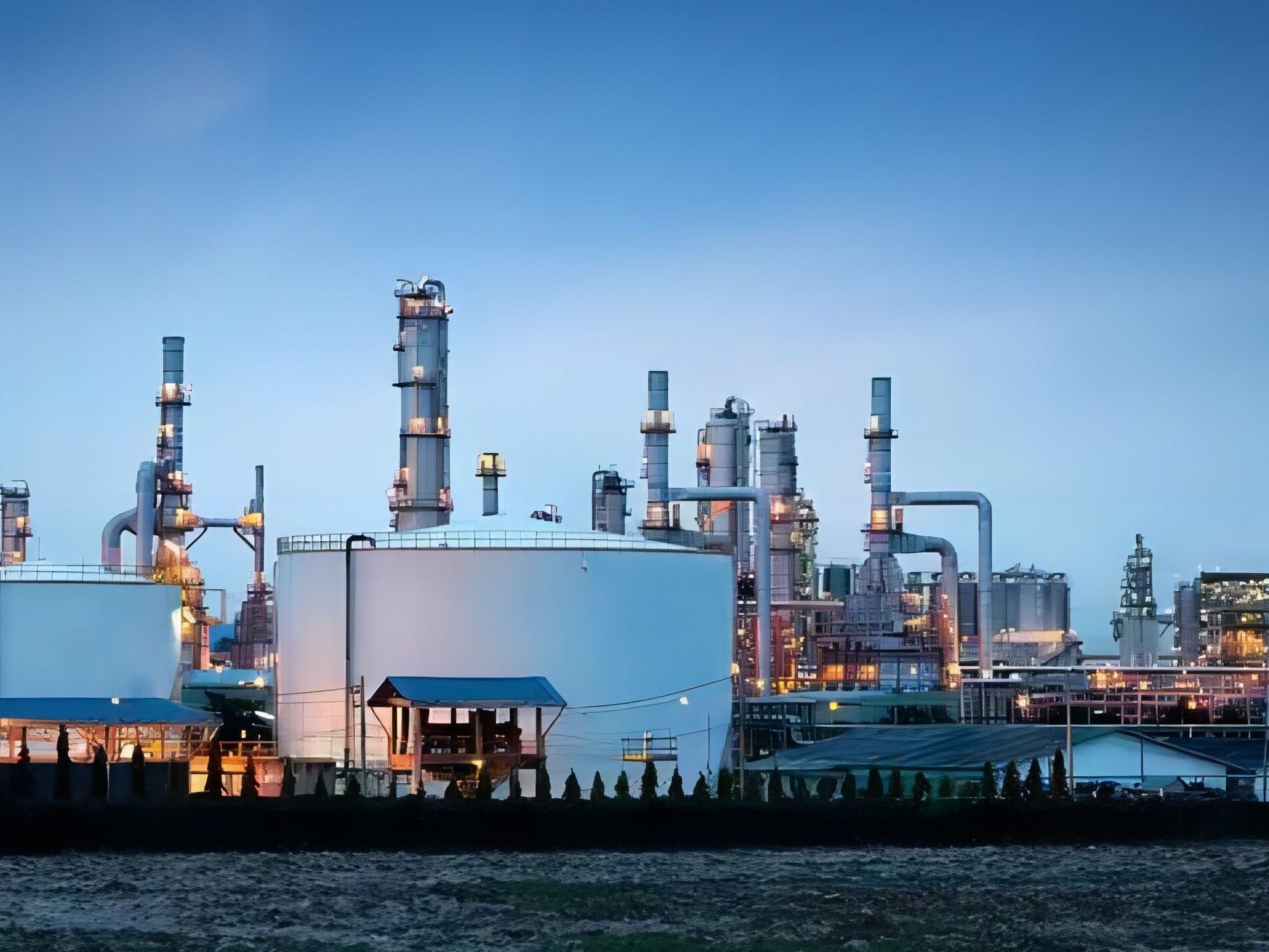
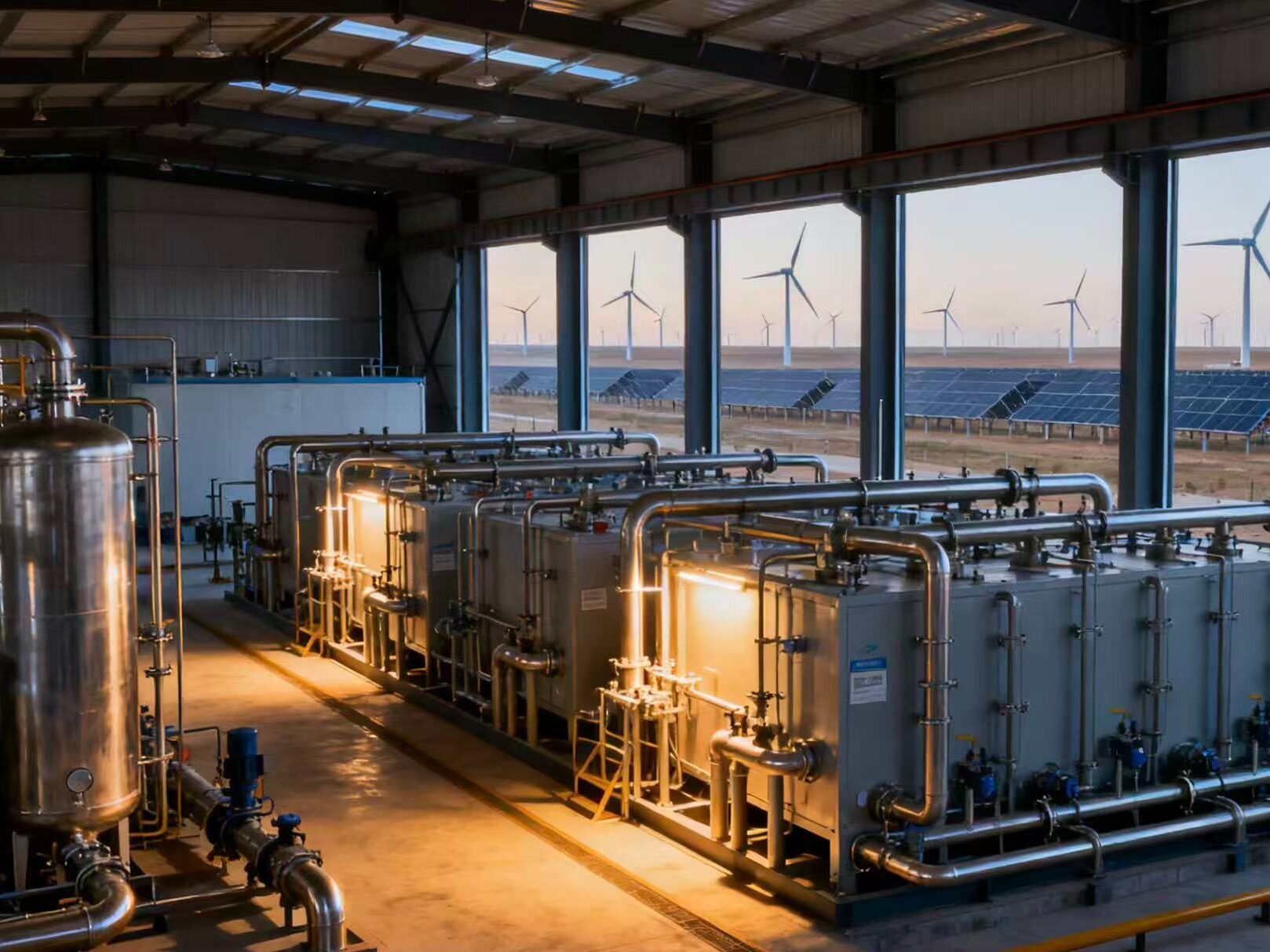
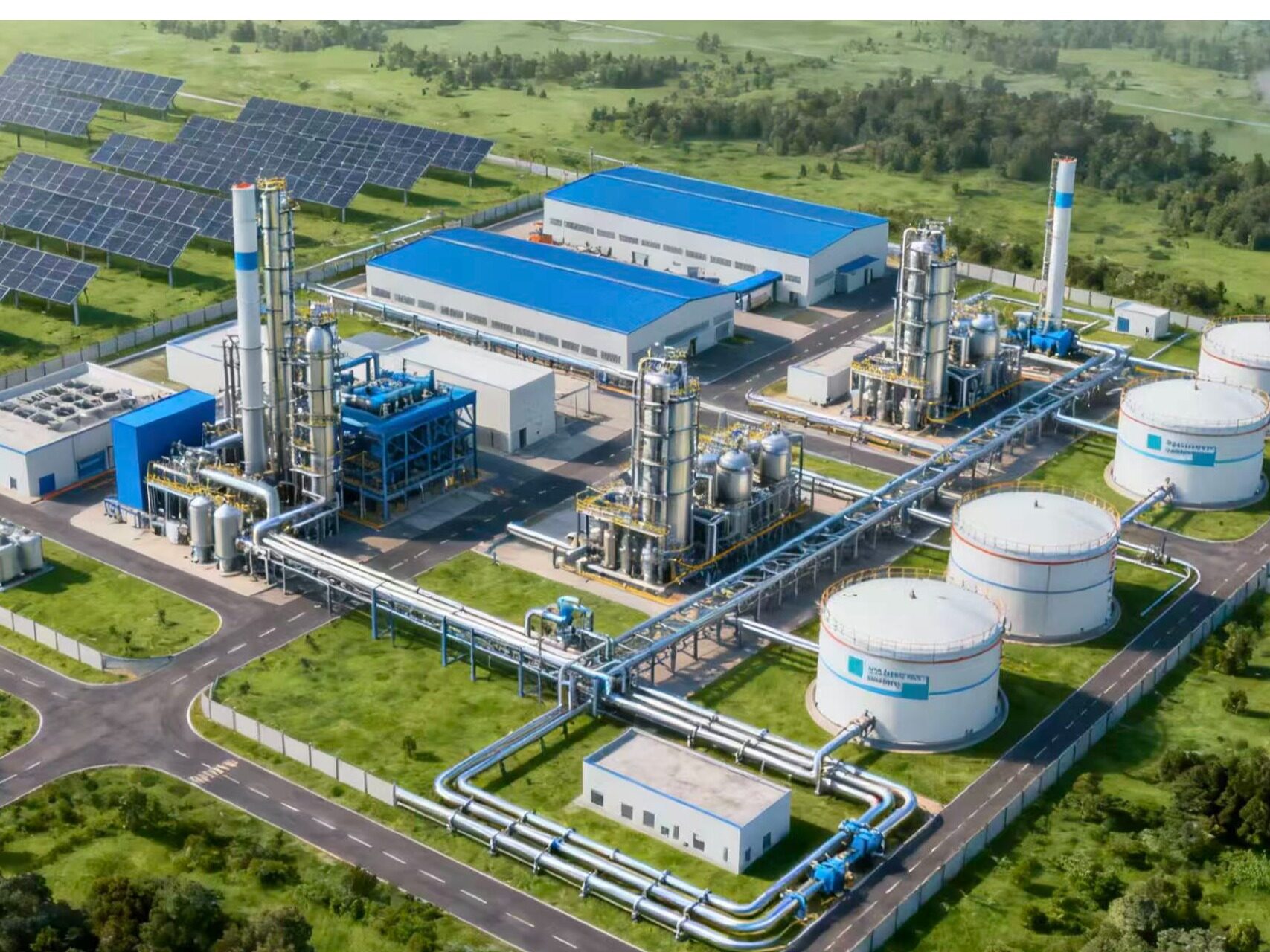
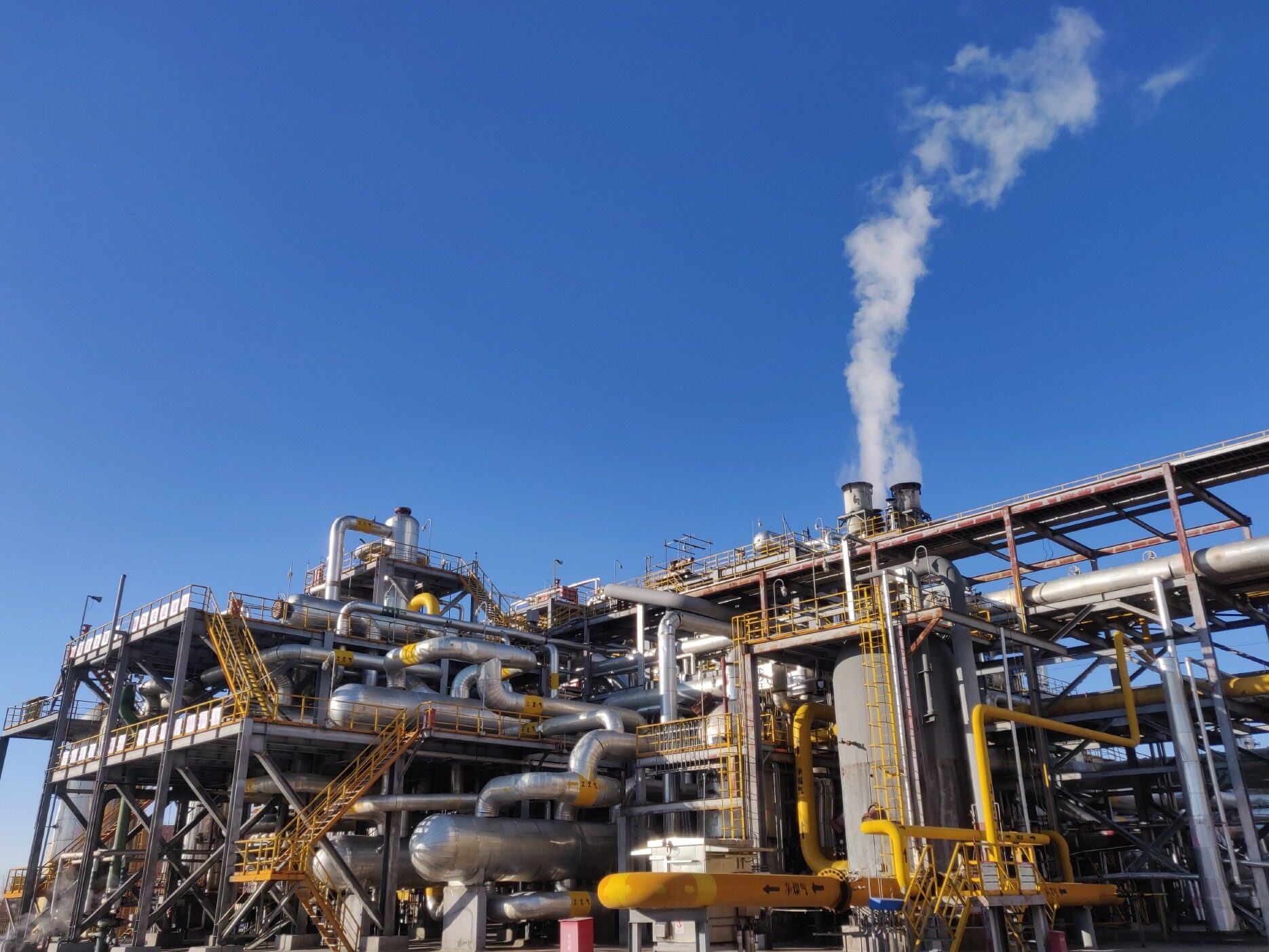
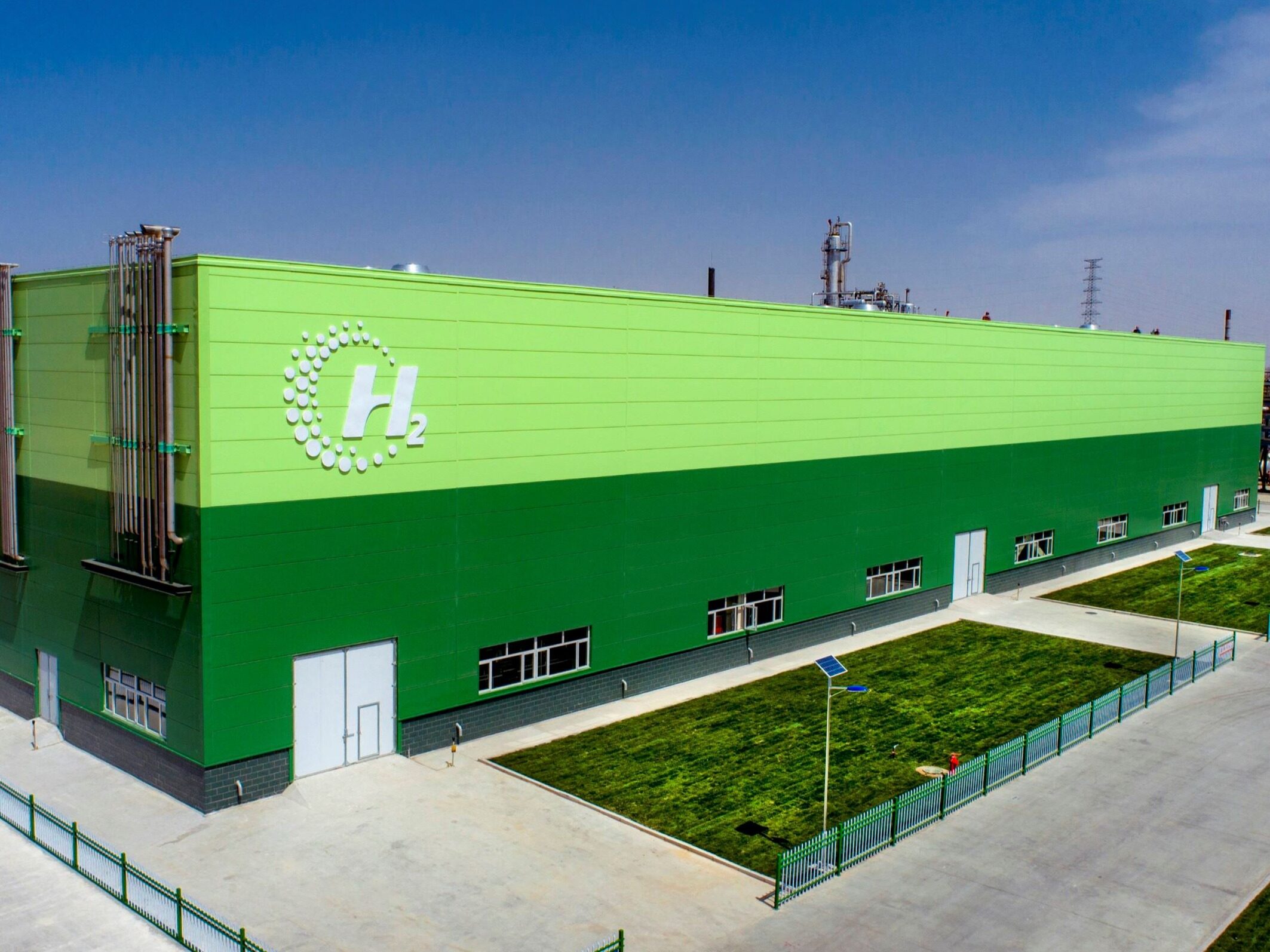
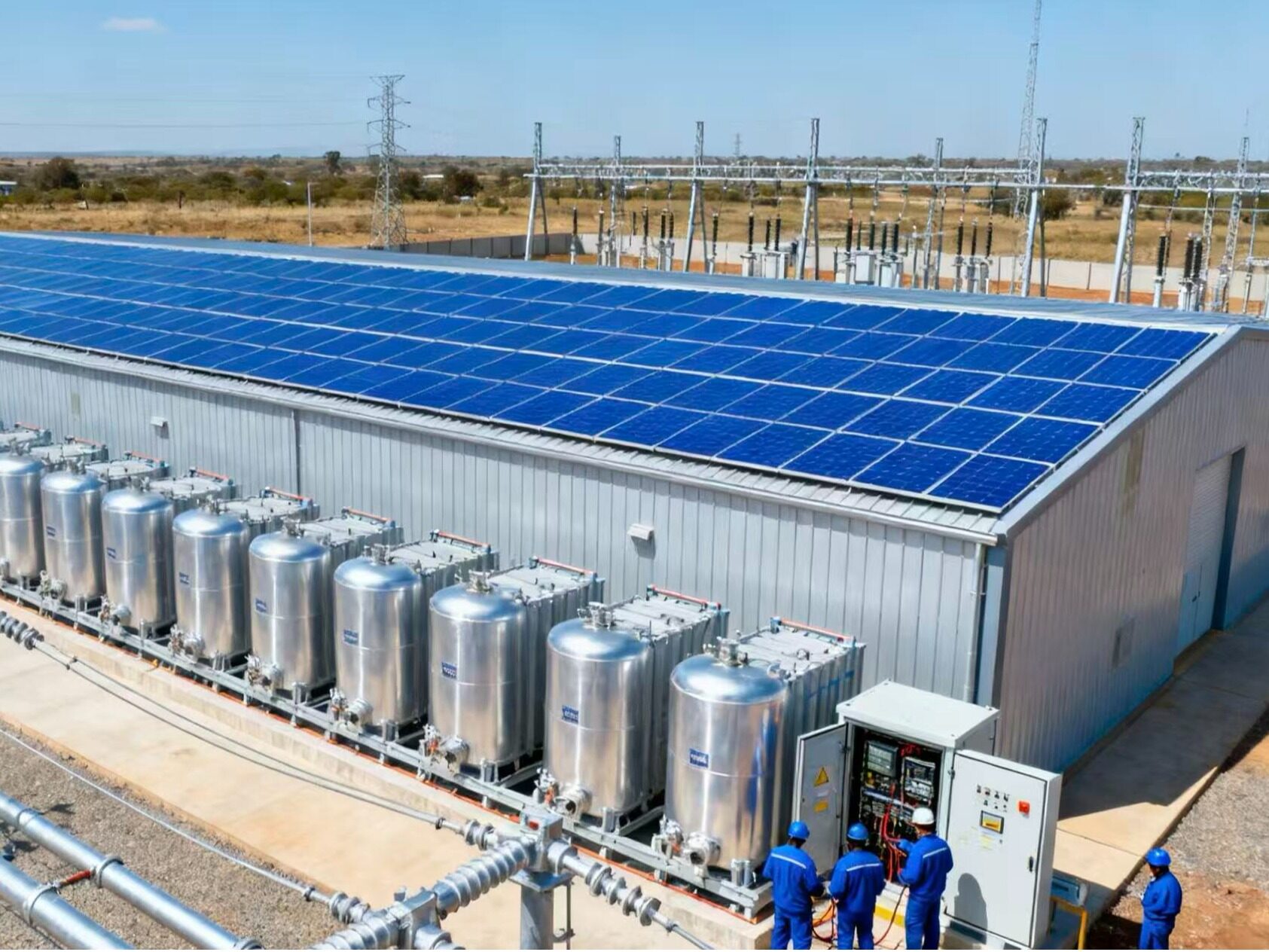






Write something~